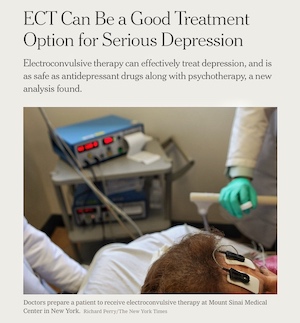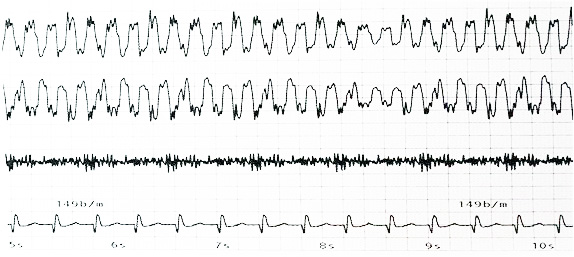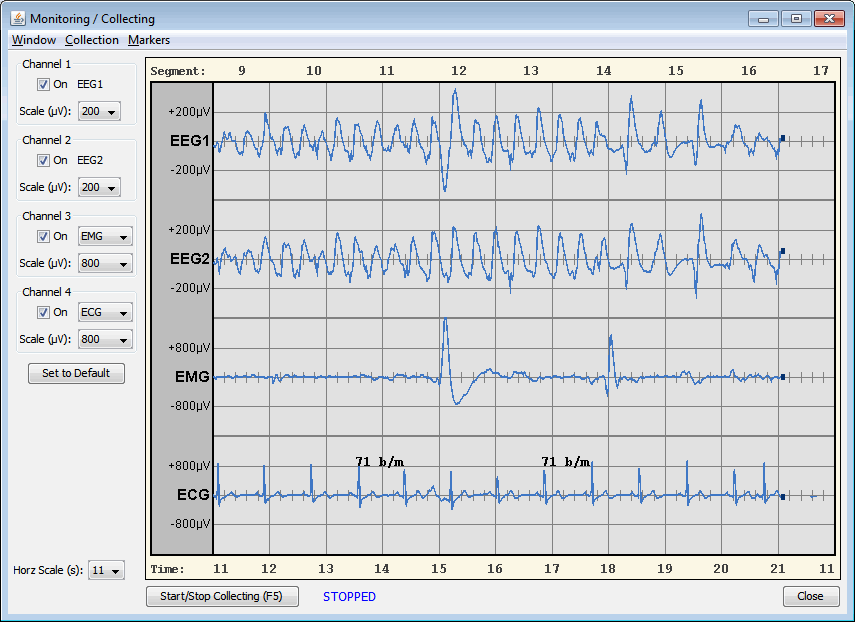Downloads

Click to read the article >
GPD is a Windows program that works with Thymatron ECT devices to provide users with a modern workflow, including real-time trace monitoring, a patient database, treatment data storage and review, electronic medical record (EMR) interfacing via HL7, analysis of parameters over time, and data export to common formats.
For a more thorough overview of GPD’s features, see the online Features page.
GPD is free for use with the Thymatron. Download links and documentation are
found in the GPD wiki.
GPD has flexible HL7 configuration, and should be able to work with any EMR/HMR/HIS that can speak MLLP over the network, or accept HL7 file drops. It is in use in several institutions, and has sophisticated configuration, reporting, and templating capabilities.
Info on its HL7 functionality is on the HL7 wiki page.
Conrad M. Swartz, PhD, MD

Click to read the article >
Sure, recording two EEG channels describes seizure character nicely, but sometimes you need more.
Duration of heart rate elevation and peak heart rate reflect seizure quality at the brainstem, far from ECT electrodes, describing generalization of seizure activity at the accepted site of ECT action. Motor seizure activity duration less than about 18 seconds suggests attention to seizure adequacy and consideration of dose increase may be required.
And sometimes four EEG channels provides the most useful information of all.
Four channels plus digital heart rate printout---available only with Thymatron System IV: EEG on 1, 2, or 4 channels, ECG on 1 channel, EMG on 1 channel, plus digital heart rate. You never have to use all four channels, but they are always there when you need them.

Please check this website at least once a year for the latest version of the Thymatron User's Manual and the Somatics catalog brochure, downloadable at no cost.
Conrad M. Swartz, M.D. Several existing ECT dosing methods have been demonstrated to be clinically very effective--these include the fixed high-dose, age-based, and half-age methods (Abrams, 2002). However, no satisfactory method exists for titrating stimulus dose against a measure that is known to vary with treatment response (e.g., EEG postictal suppression), and this seminal article by Dr. Conrad Swartz presents an entirely new approach to ECT dosing that uses the patient's own response to the first ECT as arguably the most valid guide to subsequent dose adjustment.
 Genie™ IV - Software
Computer-assisted EEG Analysis Software for Thymatron System IV
- version 6.81
Genie™ IV - Software
Computer-assisted EEG Analysis Software for Thymatron System IV
- version 6.81



